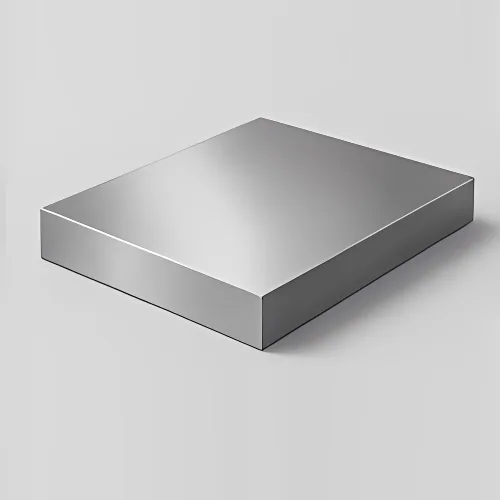
321 Stainless Steel Plate
Keywords: 321,
Standard: ASTM, AISI, DIN, EN, GB, JIS
Technique: Hot Rolled/Cold Rolled/Galvnized
Processing Service: Welding, Punching, Cutting
Available Size Range: Click here
Volume: 0
Get A Quote
Keywords: 321,
Standard: ASTM, AISI, DIN, EN, GB, JIS
Technique: Hot Rolled/Cold Rolled/Galvnized
Processing Service: Welding, Punching, Cutting
Available Size Range: Click here
Volume: 0
Get A QuoteSensitization Shield
Eliminates intergranular corrosion risk after prolonged 550–800°C exposure (per ASTM A262 Practice E).
Thermal Agility
Maintains 620 MPa tensile strength at 600°C (vs. 304H’s 480 MPa drop).
Acid Warfare Ready
Resists nitric acid (up to 20% @ 50°C) and weak sulfuric acid environments.
Fabrication Flexibility
Cold-rollable to 0.5mm thin sheets without edge cracking.
| Challenge | 321 Plate | Alternative (304H) |
|---|---|---|
| Carbide Precipitation | 0% at 675°C (1.000h hold) | 12% grain boundary attack |
| Thermal Expansion | 17.3 µm/m·°C (20–600°C) | 18.7 µm/m·°C (higher stress buildup) |
| Post-Weld Ductility | 35% elongation after 10 repair welds | 22% (cracking after 5 welds) |
| Cost per Ton (6mm) | $4.200 (annealed) | 3.800+3.800+1.500 heat treatment |
1. Aerospace & Defense
Afterburner components | Rocket engine heat shields
2. Energy Generation
Superheater tube supports | Geothermal brine heat exchangers
3. Automotive Thermal Systems
Turbocharger housings | EGR cooler cores
4. Chemical Processing
Nitric acid concentrators | Urea reactor liners
Boeing Aerostructures: “321 plates reduced turbine casing warpage by 58% vs. 347.”
German Solar Furnace Co.: “Zero sensitization after 7 years at 750°C cyclic duty.”
Shanghai Petrochemical: “Cut nitric acid tank replacements from 3 to 1 per decade.”
Fabrication Insights
Q: Optimal welding method for thin-gauge 321?
A: Pulsed TIG with ER321 filler—keep interpass temp <150°C to preserve titanium’s carbon-trapping.
Q: Max operating temperature for continuous service?
A: 900°C intermittent | 675°C continuous (with <0.1mm/year scaling).
Q: Surface prep for nitric acid resistance?
A: Pickling with HNO3/HF mix + passivation at 25% nitric acid, 60°C.
Products
Phone